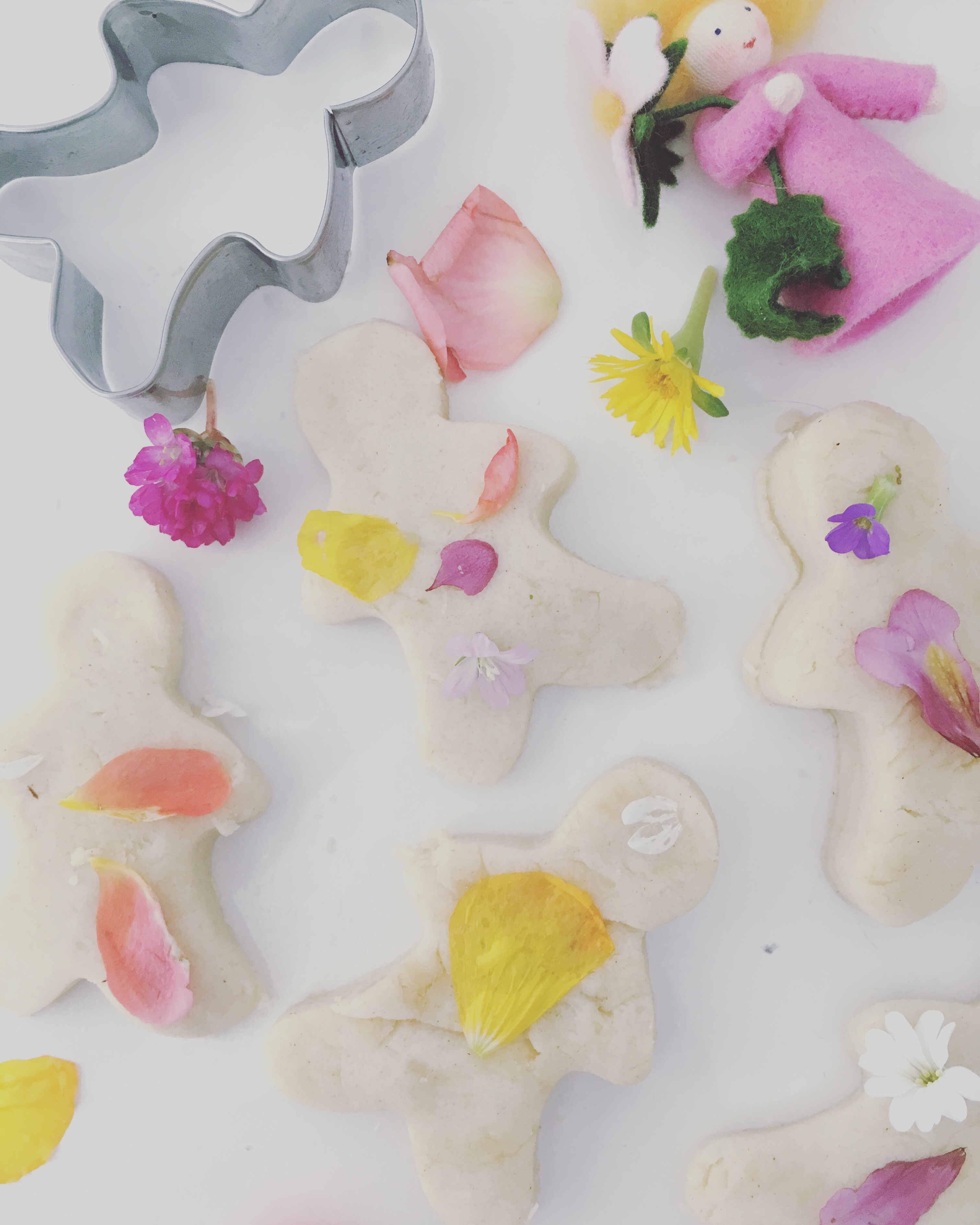8 Spring Blossom Play Ideas!
The blossom is in full bloom here and so I wanted to share some of the best ways you can bring it into the children's play.
'The significance of the cherry blossom tree in Japanese culture goes back hundreds of years. In their country, the cherry blossom represents the fragility and the beauty of life. It's a reminder that life is almost overwhelmingly beautiful but that it is also tragically short. '
Homaro Cantu

Don't be too busy to rush past the blossom trees but instead let them be a remind that life is short but beautiful and to look up and notice them.
1. Look up
Look up at the blossom and see all of it's beauty. If possible go and lay under a blossom tree with the children and practice a moment of stillness. What do the children see, smell, hear and feel? Why not place a perspex mirror under the tree or some water play (always supervise) to reflect the blossom and provide an interesting perspective in the play.
It's also a wonderful sensory experience to take your shoes and socks off and dance under the blossom tree in barefeet.

2. Add blossom to your playdough
Set up an invitation to explore the blossom in the playdough. I think this works best with natural coloured playdough and then providing some blossom in a little pot along with some twigs. You could include some books on flowers or Spring and perhaps some grapat loose flower parts. By creating this open ended play set up you're working with the child to see where their learning takes them.
3. Create an observational representation of the blossom
Although blossom doesn't tend to be around for very long we can talk about how blossom can be captured in art (in many different forms) and then we can keep it forever. This is what many artists have done over hundreds of years from printing onto silk screens, painting on canvas and working with woodwork and clay. Why not inspire your children by sharing some wonderful blossom art work like;
- Reiji Hiramatsu, Prayer of Japan which is a great impressionist piece.
- Tokuriki Tomikichiro, Lake Kawaguchi which is a beautiful 1950's print
- Cherry Blossom Viewing, Scroll Painting by Kitagawa Utamaro which captures how much the people of Japan love gathering around the blossom trees.
- Taikan Yokoyama, Spring Morning, 1939 that captures how you might feel as the blossom starts to go.
Invite the children to create an observational representation of the blossom branch. It's great to include a space in your environment where children can work with real and natural objects and take inspirational from these with their art. I also like to keep my creative resources open ended and provide children with all the paint colours, pastels, colouring pencils and a variety of brushes of different thickness. This is great to support discussion about what the children can see, how best they can represent that, what colours they will need and why, how these colours will be made and what size brush is best to use. Setting up the stimulus in this way allows for children's creativity to blossom (like what I did there!) and focus on the process of learning. You might also use this as a skills set session where you teach a new technique (like mixing two colours together).
4. Create a blossom bracelet
Grab a basket and head out on a nature walk and take a look for petals, blossom and leaves on the ground. Once back in the setting make a wristband by cutting out a strip of cardboard and taping it together. Then attach a layer of double sided sticky tape and attach your blossom to it!n These make really lovely bracelets to give to someone special.
5. Blossom perfume
Collect the blossom and have a go at making your own perfume or magical blossom spells. You could add a batch of the blossom to your woodland kitchen to 'cook' with too or decorate mud cakes with the blossom.
6. Transient art
Why not set up a transient art space in your learning environment. This can be a space that focuses on a range of open ended loose parts like beads, shells, pom poms, sticks, flower petals, stones, pom poms, bottle tops, leaves and lolly sticks. Without providing glue or other joining materials invite the children to work here creativity, I like to have a range of bases for the children to work on too like cork boards, coasters, place mats, wood slices, grids, different shaped pieces, felt, mosaic tiles. Add some blossom petals and see how the children create their own transient art. Transient art doesn't stay put for too long and so might need to be captured by photograph. Why not take some inspiration from Land Artist Andy Goldsworthy.

6. Blossom Mud Kitchen
Create a mud kitchen with blossoms - make blossom soup or cakes, perfume or potions.

For more nature play ideas don't forget to check out my nature play curriculum here
Have you tried my FREE Introduction to Hygge Training yet?






